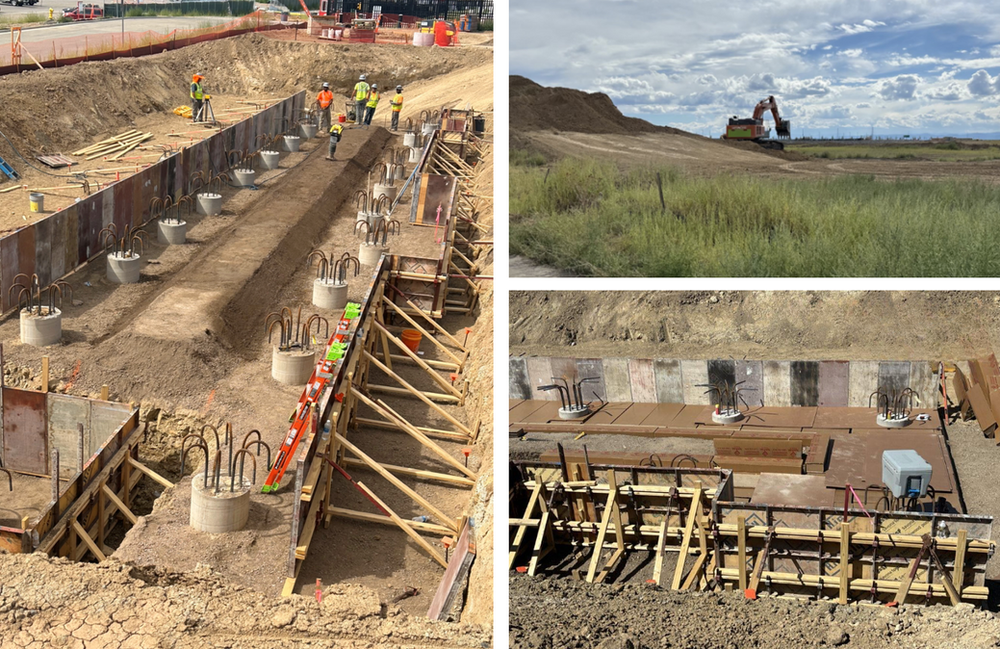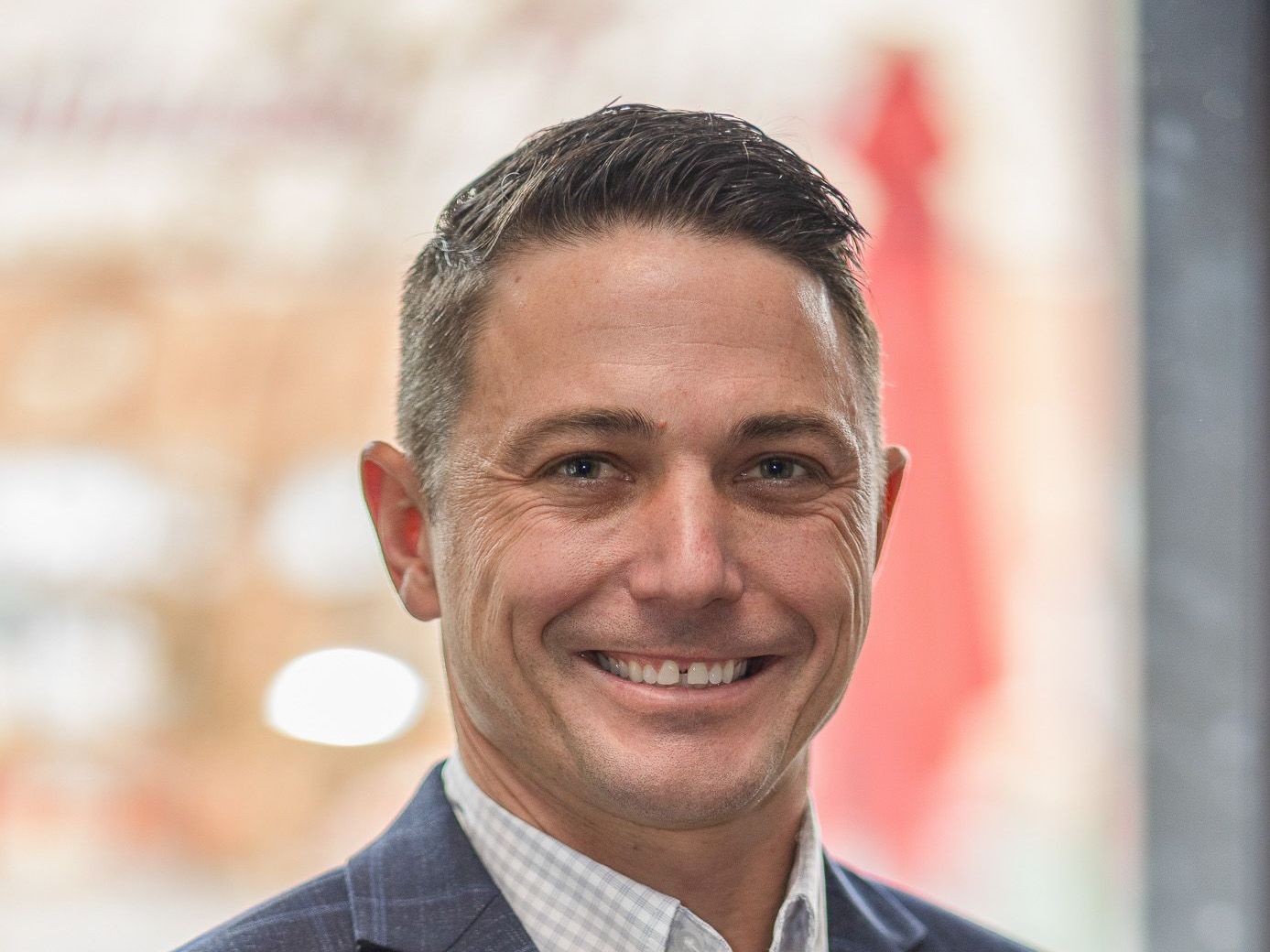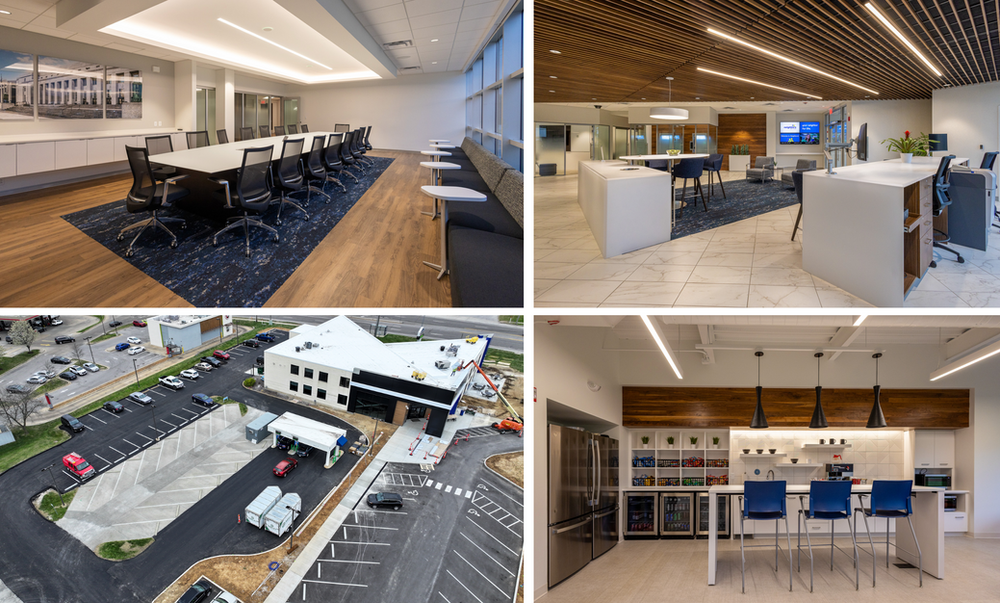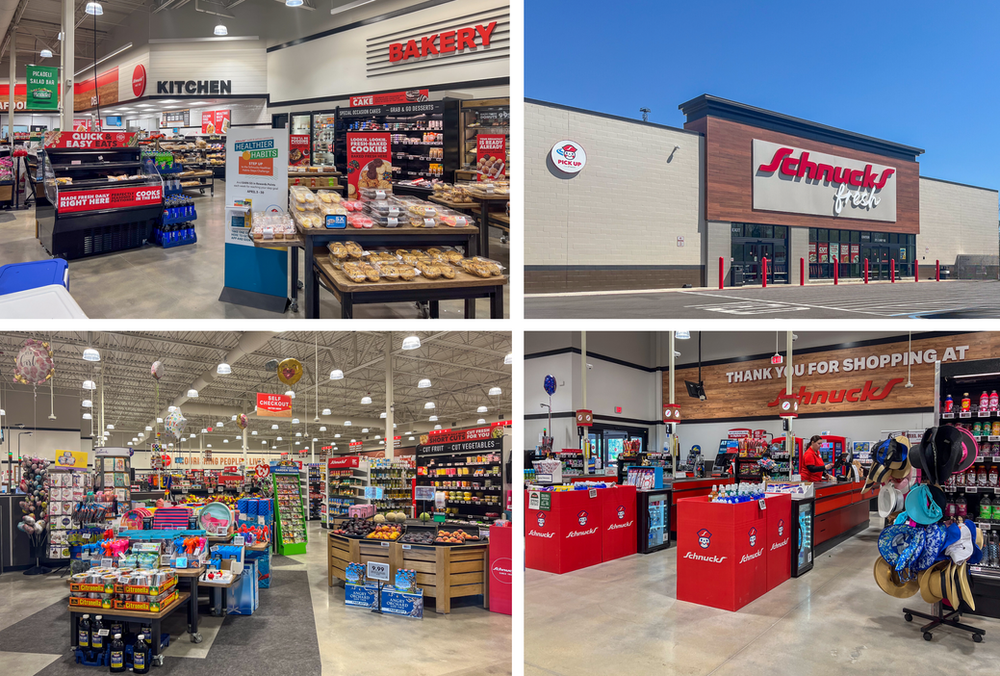When it Comes to Branches, ‘Why’ is the Most Important Question
Credit unions often begin a location strategy with location. Where will we have the most visibility? Where will we get the most mortgage loans? Where do we currently have members? No doubt, these are important questions, but they should not be the foundation of a branch strategy. “Why” (which borders on some extent to “Who”) should be the basis for these large capital decisions.
The initial discovery session of a location strategy should be based on why a branch should be built, and there are as many answers to this question as there are credit unions. Some are straightforward. Needing deposits to fund loans (especially a robust indirect program) can be a why. Needing to grow the loan portfolio can be another. Sometimes, it is visibility in a market to grow membership numbers, and sometimes it’s because suburban and exurban growth means the current members are somewhere branches are not. Other times, it is not as straightforward. Perhaps the basic why is loan portfolio growth, but a deeper dive into the question of why ferrets out the need for specific types of loans.
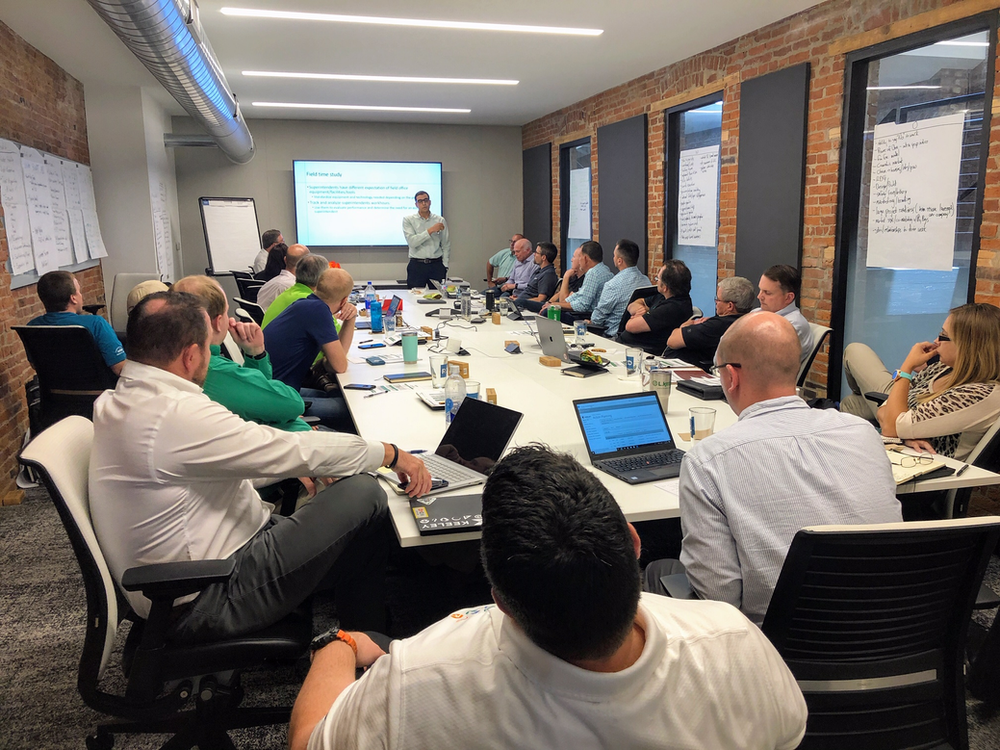
The answer as to why is not always clear and differs based on the various members of the executive team and the board. When the CLO is asked why they want to look for new branch (or loan office space), they are thinking of their specific KPIs – they want to be somewhere where there are people in the borrowing stage of life, and often these people do not live in the same places as savers. The COO might see there is a large deficit, and they are needing to borrow money to make loans and see the need to offset that with a deposit-based branch. These varied reasons can be almost contradictory at times. The strategy team, often with the help of a third-party strategist, needs to come to a consensus that has more to do with the overall mission and vision of the credit union. If the mission is to serve the underserved and unbanked, that is a why that determines location and design. If the mission is to be involved in and strengthen the community, then another location and design would be ideal.
So not only is “why” important, but the deeper why - the why of the existence of the credit union to begin with. Not knowing and acting without that why is how institutions end up having a mish mash of branches with no cohesion. Not to say each branch needs to be identical. It doesn’t. A branch network with a variety of branch types and specialty offices will service members the best by meeting them where they are. What they need to be is cohesive to the brand, to the why of the credit union, and consistent in quality service to the member.
Whatever the why, it must be the starting point. Then, add who on top of that question – who are our members, who buys our brand and connects with it (also known as another why – why do they choose us), who will use this branch and why. You can’t please all the people all the time, so discover who your member is and go for where they are with gusto.
There is also the what/how question. What type of branch is needed? Does it need to be full-service? Do you need to invest the capital in pursuing loans with a dedicated loan, mortgage, or commercial lending office? Would a micro-branch with good ITM/ATM access work to attract deposits in the most efficient way possible? The amazing thing about a why-first strategy is it answers these questions for you. If your why is the underserved and unbanked, it may affect what hours you want to be open, if the location is easy to get to from public transportation, or even if it is nearby other businesses members will need to frequent. If your mission is to build a community, being in a town center, or near shopping and other commercial areas may be more important.
Lastly are the when and where questions. When you use a location strategist who uses predictive analysis, you can glimpse a bit ahead and be prepared for anticipated shifts before they happen. Location analysis, property acquisition, design, and construction are all lengthy processes that require forethought and data-based decision making. Where comes last – which sounds very odd when talking location strategy. Once the other pieces are in place, the other questions answered, where is practically decided for you.


